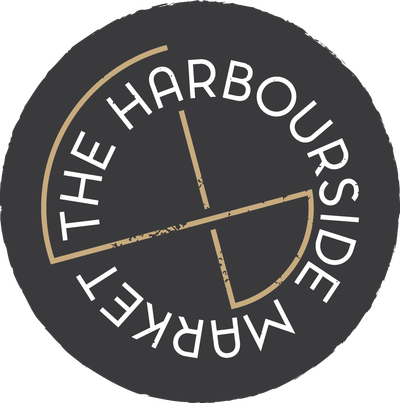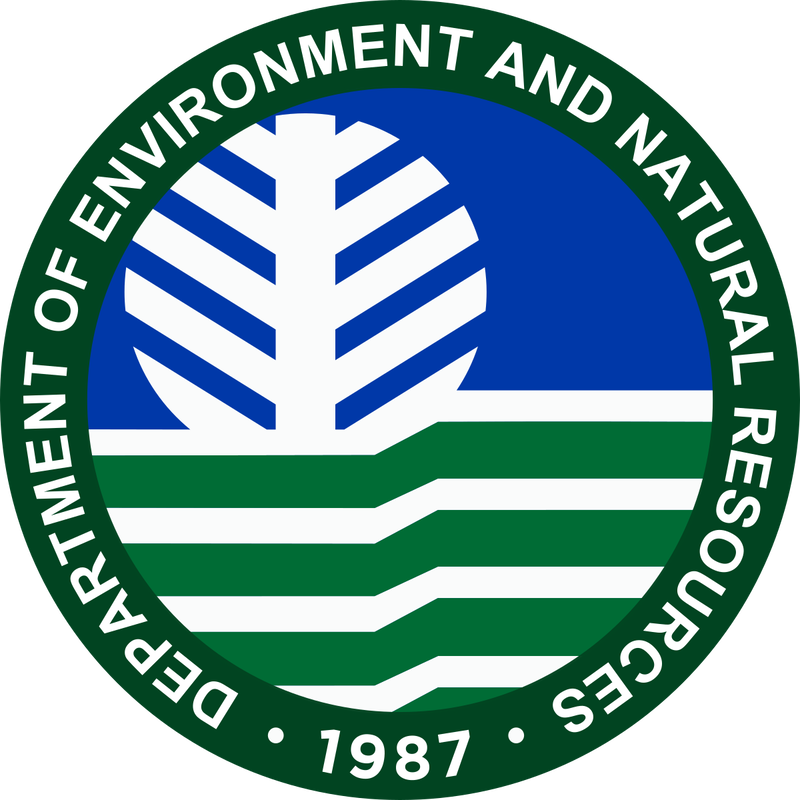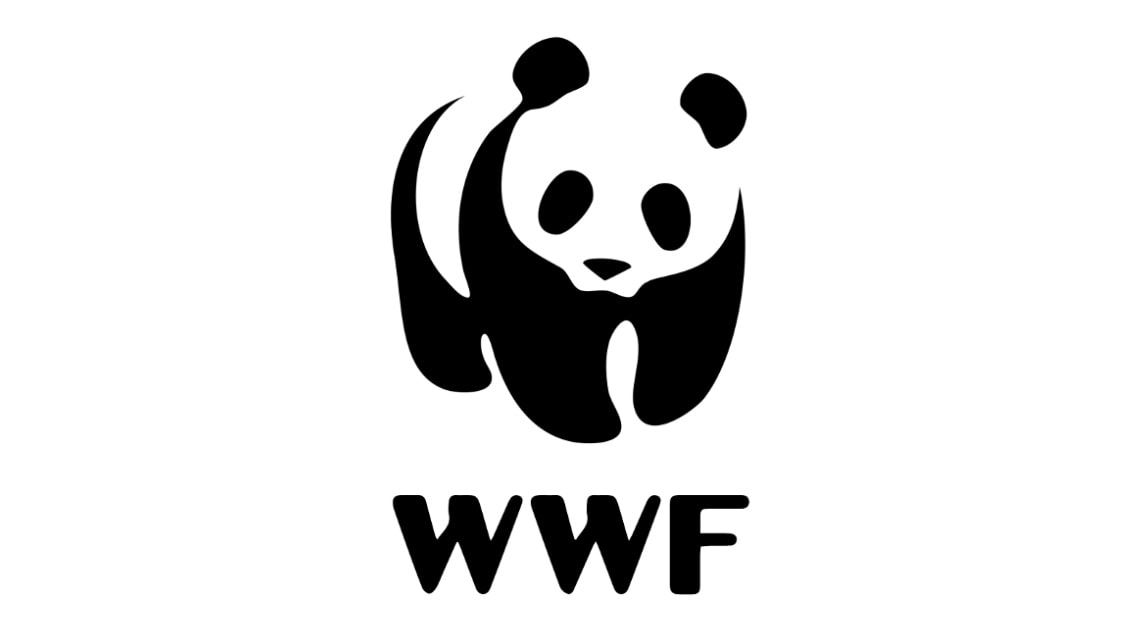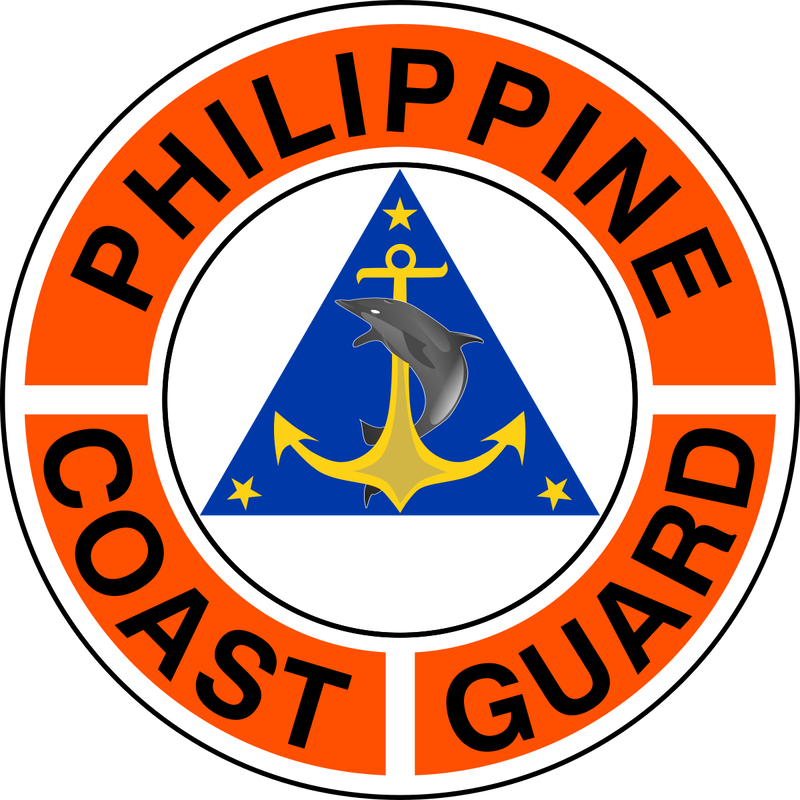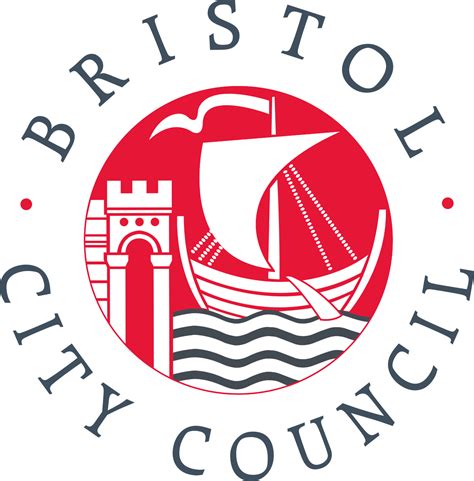
Atelier Aquatic Drawing inspiration from life in the Ocean, to life on Earth
Atelier Aquatic SEA Change Training Programme
“What you do for yourself dies with you when you leave this world,
what you do for others lives on forever.” ― Ken Robinson
what you do for others lives on forever.” ― Ken Robinson
Atelier Aquatic Community Interest Company is an NGO that uses creative solutions to engage communities in education and marine conservation.
Drawing inspiration from life in the Ocean, to life on Earth.
Art - Education - Marine Conservation
Drawing inspiration from life in the Ocean, to life on Earth.
Art - Education - Marine Conservation
Why?
The Ocean covers over 70% of the surface of planet Earth.
The Ocean produces 50% of the air we breathe.
The Ocean is home to up to 80% of species on Earth.
The Ocean stores 30% of all of our carbon emissions.
The Ocean generates £1.88 trillion per year, underpinning assets make the total value at least £15.55 trillion.
The Ocean provides protein and livelihoods through marine and coastal biodiversity for nearly 3 billion people.
We need the Ocean more than the Ocean needs us :)
Atelier Aquatic Aims; 3 of the Sea
Inspiration- Marine life in all its weird and wonderful forms. Our interconnectivity and symbiotic relationships.
Creative Education - Learning about marine life, and the human effect on the marine environment through creative participation.
Action- Creativity to bring public and personal awareness to marine conservation issues and bring about positive change.
Inspiration- Marine life in all its weird and wonderful forms. Our interconnectivity and symbiotic relationships.
Creative Education - Learning about marine life, and the human effect on the marine environment through creative participation.
Action- Creativity to bring public and personal awareness to marine conservation issues and bring about positive change.
Atelier Aquatic Projects;
Scientific Research
Community Engagement
Creative Participation
The Atelier Aquatic SEA Change programme (Scientific research, Environmental education, Aquatic Action) is designed to bring all the Atelier Aquatic projects together for maximum impact in positive change for healthy diverse Oceans and sustainable development for dependant communities.
Scientific Research
Community Engagement
Creative Participation
The Atelier Aquatic SEA Change programme (Scientific research, Environmental education, Aquatic Action) is designed to bring all the Atelier Aquatic projects together for maximum impact in positive change for healthy diverse Oceans and sustainable development for dependant communities.
The Atelier Aquatic SEA Change programme is supporting United Nations Sustainable Development Goal 14; Life Below Water
(www.un.org/sustainabledevelopment)
(www.un.org/sustainabledevelopment)
The Goal -
To conserve and sustainably use the world’s oceans, seas and marine resources.
Why? -
Oceans provide key natural resources including food, medicines, biofuels and other products. They help with the breakdown and removal of waste and pollution, and their coastal ecosystems act as buffers to reduce damage from storms. Maintaining healthy oceans supports climate change mitigation and adaptation efforts. And have you been to the seaside? It’s also a great place for tourism and recreation.
Even more, Marine Protected Areas contribute to poverty reduction by increasing fish catches and income, and improving health. They also help improve gender equality, as women do much of the work at small-scale fisheries.
The marine environment is also home to a stunning variety of beautiful creatures, ranging from single-celled organisms to the biggest animal ever to have lived on the Earth–the blue whale. They are also home to coral reefs, one of the most diverse ecosystems on the planet.
The Coral Triangle
- 6 million km2 area
- 76% of the world’s coral species
- 6 of the world’s 7 marine turtle species
- Sustains 120 million people
- US$12 billion nature-based tourism industry (yearly)
Philippines is at the apex of the Coral Triangle (CT), known as the “Amazon of the Oceans’ (Crabtree, & Douglas, 2007) has the largest marine biodiversity on Earth (Garces, et-al., 2013). Largely unexplored and undiscovered species,76% of all known coral species are within the CT region, 37% of all known coral reef fish species, 53% of the world's coral reefs, the greatest extent of mangrove forests in the world, and spawning and juvenile growth areas for tuna and other globally-significant commercial fish species( Crabtree & Douglas 2007).120 million people live within 10km of the coastline, most of whom depend on the CT for their livelihoods ( Hoegh - Guldberg, et-al., 2009).
Marine and coastal resources are the foundation of communities and economies in the CT, these resources are under increasing threat. Pressures from rapid development of coastal areas for tourism, land-based sources of marine pollution, over-fishing, unsustainable fishing practices (Kronen, et-al., 2010; Turner et-al., 2007), coastal habitat conversion and climate change. Over 85% of its remaining reefs are threatened, with nearly 45% at high/very high threat levels (Burke, et al.,2011). The Philippines has both extraordinary marine biodiversity (Weeks, et-al.,24:531–40,2010), and disturbing issues leading to severe degradation of marine ecosystems ( Stobutzki, et-al., 2006;78:130–42; Pomeroy,et-al.,1997).
Recognising the need to protect and conserve the region's marine and coastal resources and the communities that rely them, the Coral Triangle Initiative on Coral Reefs, Fisheries and Food Security (CTI-CFF) was formed in 2007. The countries are Malaysia, Indonesia, Papua New Guinea, Solomon Islands, Timor–Leste. and the Philippines.
The Atelier Aquatic SEA change programme is supporting vital work for marine conservation and sustainable development in the Coral Triangle and Palawan, Philippines.
“What you do makes a difference, and you have to decide what kind of difference you want to make.” - Jane Goodall
SEA Change Programme Overview
4 weeks programme for snorkelers and divers (minimum 20 dives)
Week 1; Marine life education and awareness
Week 2; Scientific research
Week 3; Community Engagement
Week 4; Creative participation
5 week programme for non-divers to complete Open water dive course and log 20 dives.
4 weeks programme for snorkelers and divers (minimum 20 dives)
Week 1; Marine life education and awareness
Week 2; Scientific research
Week 3; Community Engagement
Week 4; Creative participation
5 week programme for non-divers to complete Open water dive course and log 20 dives.
Week 1. Marine life education and awareness
"Education is the most powerful weapon which you can use to change the world."
Nelson Mandela
"Education is the most powerful weapon which you can use to change the world."
Nelson Mandela
Introduction and Orientation.
Site information; guiding you around your amazing Atelier Aquatic HQ accommodation at
The Overlook (www.theoverlookportbarton.wordpress.com), Port Barton, Palawan, famed as
“The Most Beautiful Island in the World”.
Nestled in the jungle on the southern side of Port Barton village, on the road to White Beach. The Overlook site consists of 3 Luxury glamping tents, 5 budget style tents and the Overlook house and Atelier Aquatic HQ. The tents have additional native style “Nipa” roof for extra shelter from the tropical sunshine and rainfall. As the name would suggest the view from the Overlook site overlooks the beautiful crescent shape bay of Port Barton, a scattering of small tropical islands over the glittering waters of Port Barton and Imuruan Bay, the majestic Mount Capoas on the horizon. The Great Philippine Eagle can often be seen flying over the bay. A breath taking view, that many feel is the best in Port Barton.
The Overlook accommodation is framed by pristine native jungle. Home to a diverse variety of local wildlife including; the Giant gecko, Draco (Flying lizards), and The Philippine long tailed macaque monkey. The Palawan Hornbill, Palawan Tit, and the Palawan monitor lizard, all endemic to Palawan, are also local residents. With 7,107 islands and 600+ bird species to choose from, the Philippines is one of the best birding destinations in the world. From The Overlook accommodation you often see a huge variety of bird life including; Copper throated sunbird, Asian fairy blue bird, Pale spider hunter, Philippine hanging parrot (kulasisi) to name a few.
HQ consists of a large communal kitchen, dining, study and lounge area, the site has native “Nipa” style toilet and shower block with view overlooking the jungle and ocean.
The Overlook is striving to be an example of sustainable tourism, utilising rain water collection and solar power where possible. We encourage water refills, rather than introducing yet more plastic into the world, most of which ends up in the Ocean.
On the Overlook site we reduce, reuse and recycle as much as possible. Plastic bottles are used as planters for gardening projects and single use plastic is used to fill plastic bottles to create “Ecobricks ‘ for projects on site and at the local elementary school (see projects- atelieraquatic.org for more info).
The Overlook site is developing a small vegetable/herb garden and various fruit trees have been planted around the site with the aim to eventually provide food to the house, staff and volunteers.
The Overlook site is being designed with permaculture ethics of; Earth care, People Care, Fair Share (www.permaculture.co.uk), so both the environment and community can benefit from its creation and development.
Once settled into your accommodation an introduction to the area will include a walk to both near by beaches, welcome sunset beachside dinner in the village. Local information and orientation to the area, cultural considerations and suggestions.
AM - Study sessions on Marine life education and awareness at Atelier Aquatic HQ .
PM - ‘Explore and Experience’ sessions at Atelier Aquatic HQ , The Overlook Permaculture projects and the surrounding area.
Study sessions including theory needed for following week; United Nations Sustainability Goal 14; Life Below Water, Project Aware, Green Fins UNEP programme, Reef Check Ecodiver training.
Project Aware Programme (www.projectaware.org)
In 1989, the Professional Association of Diving Instructors (PADI) established the Project AWARE Foundation. Project AWARE is a registered nonprofit organization working with volunteer scuba divers. Project AWARE supports divers acting in their own communities to protect the ocean, with a focus on implementing lasting change in two core areas: shark conservation and marine litter.
Greenfins UNEP programme (www.greenfins.net)
The Green Fins initiative aims to protect and conserve coral reefs through environmentally friendly guidelines that promote a sustainable diving and snorkelling industry.
Green Fins is coordinated internationally by The Reef-World Foundation in partnership with the UN Environment.
1) The only internationally recognised environmental standards for the diving and snorkelling industry, based on a 15-point code of conduct.
This is supported by a robust assessment system to measure compliance
2) Supporting in the development or strengthening of relevant regulatory frameworks
3) Strategic outreach to, and capacity building among, diving and snorkelling centres as well as governmental agencies.
Reef Check Survey Method (www.reefcheck.org)
Reef Check - A Non-Profit Organization Dedicated to Empowering People to Save Our Reefs and Oceans. Using a globally standardized scientific protocol, the EcoMonitoring program collects valuable data to establish the status of coral reefs and make informed marine management decisions. Reef Check programs provide ecologically sound and economically sustainable solutions to save reefs, by creating partnerships among community volunteers, government agencies, businesses, universities and other nonprofits.
Reef Check was designed to assess the health of coral reefs and is quite different from other monitoring protocols. Since its inception, Reef Check has focused on the abundance of particular coral reef organisms that best reflect the condition of the ecosystem and that are easily recognizable to the general public. Selection of these “indicator” organisms was based on their economic and ecological value, their sensitivity to human impacts and ease of identification.
Reef Check is the method used by WWF Philippines and Department Environment Natural Resources (DENR) in Palawan and they personally recommended using this methodology as it is widely used within the Philippines. The data is both locally and globally recognized and easily understood by a range of stakeholders.
All the data we collect goes to the DENR for their current project to reinstate the marine protected area (MPA) and zoning use of the Port Barton Marine Park. Without our data collection this process would take much longer as the DENR have a small team and limited resources.
The Atelier Aquatic SEA Change programme is inclusive of
Reef Check Eco-diver Training and Certification, an internationally recognised qualification.
For every 4 SEA Change Volunteers 1 local Filipino will be trained as a Reef Check Eco Diver free of charge as part of our community capacity building programme.
Week 2; Scientific Research
‘The oceans deserve our respect and care, but you have to know something before you can care about it”. Sylvia Earle
‘The oceans deserve our respect and care, but you have to know something before you can care about it”. Sylvia Earle
Practical reef surveys in various locations around Port Barton Marine Park. Scuba diving and snorkelling.
AM - Environmental Briefing and Reef Surveys.
PM - Marine life ID and data input.
The Reef Check method has identified sixteen global and eight regional indicator organisms which serve as specific measures of human impacts on coral reefs. These indicators include a broad spectrum of fish, invertebrates and plants that indicate human activities such as fishing, collection or pollution. Some Reef Check categories are individual species while others are families. For example, the humphead wrasse (Cheilinus undulatus) is the most sought after fish in the live food fish trade, whereas the banded coral shrimp (Stenopus hispidus) is collected for the aquarium trade. Both species are very distinctive organisms and excellent indicators of human predation.
On reefs where these organisms are heavily exploited, their numbers are expected to be low compared to their abundance on unexploited reefs.
Reef Check surveys collect four types of data:
1) A description of each reef site based on over 30 measures of environmental and socio-economic conditions and ratings of human impacts;
2) A measure of the percentage of the seabed covered by different substrate types, including live and dead coral, along four 20 m sections of a 100 m shallow reef transect;
3) Invertebrate counts over four, 20 m x 5 m belts along the transect; and
4) Fish counts, up to 5 m above the same belt.
Monitoring of the indicators is done along two depth contours. 2-6 and 6-12m along a 100m transect line. Four types of data are recorded and are later transferred to standard Reef Check Data Forms;-
1) Site Description. Anecdotal, observational, historical, location and other socioeconomic data should be recorded on the Site Description Form. These data are extremely important when we interpret global correlations.
2) Fish belt transect. Four 5 m wide (centered on the transect line) by 20 m long segments are sampled for fish species typically targeted by fishermen, aquarium collectors and others. Fish seen up to 5 m above the line are included. This is the first survey to be performed.
3) Invertebrate belt transect. The same four 5 m wide by 20 m long segments as used for the fish belt transect are sampled for invertebrate species typically targeted as food species or collected as curios. Reef impacts are also counted along this line.
4) Substrate line transect. The same transect line as the fish and invertebrate belt transects is used, but this time, points are sampled.
Importance of the Indicator species monitored on the Reef Check Survey
Many of the Indicator Species we monitor on Reef Check Survey are on the
IUCN Red List of Threatened Species, therefore data obtained from these surveys will benefit their local and global protection.
Week 3; Community Engagement
"There is no power for change greater than a community discovering what it cares about."
– Margaret J. Wheatley
"There is no power for change greater than a community discovering what it cares about."
– Margaret J. Wheatley
Sharing findings and outcomes of the scientific research by delivering IEC sessions to various stakeholders in the community.
AM - Preparation of IEC sessions
PM - Delivery and discussion with stake holders
Community engagement activities seeking to better engage the community to achieve long-term and sustainable outcomes, processes, relationships, discourse, decision-making, and implementation.
The purpose of information, education and communication (IEC) is to improving lives by increasing awareness and knowledge and changing attitudes and behaviour.
Community engagement can lead to improved outcomes by establishing an effective partnership between organisations and communities results in a greater sense of ownership, greater involvement, and better outcomes for everyone involved (Yeboah, 2005).
Community engagement has beneficial effects for those involved, with direct effects for the health, wellbeing and empowerment of communities and community members.
Week 4; Creative participation
"Creativity is intelligence having fun." - Albert Einstein
Designing creative participation activities based on your own personal experiences on the Atelier Aquatic SEA programme.
AM - Design and deliver creative project
PM - Record and upload on social media
Creativity engages the mind it frees the mind in a way that enables a person to absorb knowledge more easily. It makes processing learning more efficient and enables alternative ways of thinking.
Creativity enables empathy and connects us to ourselves. It allows recognition of uniqueness and identity and can help draw out what is already there within – hidden talents and inner capacities can emerge. It connects us with our passions. Creative participation nurtures a sense of togetherness. Art is accessible to all, an excellent tool in engaging communities in multi level participation, Community Arts can be implemented as a “social tonic” to improve wellbeing and positive change in the community. Art can create emotional connections to conservation issues that factual science alone cannot, essential in cultivating a desire to protect and conserve (Friedman,2013 ).
Art to communicate Science; “Art makes environmental education more experiential and helps to build appreciation, awareness, and a sense of shared responsibility for nature that students may carry throughout their lives” (Song 2008).
Testimonials
"My new year’s resolution was to escape the human world and to learn more about animals and plant species. Over the month it was an absolute delight to see dolphins, turtles, sea slugs, lion fish, cuttle fish and some mesmerising soft corals in such diversity. Learning about coral reefs and the different creatures that make it their home was truly fascinating….We need not go to space to look for new life - it truly is another world underwater. Now we just need to work to preserve the life that surrounds." Alice - Japan
"I volunteered with Atelier Aquatic initially to connect with people and communities through art but got so much more out of the experience. The people of Port Barton are what makes it such a special place and I met some wonderful people. I loved the process, from collaborating with local artists to the final pieces we created for the community. Anita and Sam were fantastic guides throughout the projects and I will definitely be coming back! " Jack-UK
" I volunteered with Atelier Aquatic...and had the best time! A holiday is made much more memorable and valuable when you get the opportunity to find out about the place you in and the people who live there. I helped out on Atelier Aquatic's Marine Mural projects, an ambitious project that made the entrance to Port Barton brighter, more inviting and colourful. Behind the project was a vision to creatively communicate the important message about the precarious situation of sealife in Port Barton and further afield. I really enjoyed getting to be creative and supporting local young people to do the same and had a lot of fun whilst doing so. I would highly recommend getting involved in Atelier Aquatics activities and helping to make a difference" Sam- Bristol, UK.
Cost
Trainee divers-
5 weeks programme-
1 extra week accommodation to do Open water dive course - 3 days (6 dives) then extra 4 days (14 dives) to meet minimum 20 logged dives to do Reef Check surveys responsibly.
Divers and Snorkelers
1 month programme
Trainee divers-
5 weeks programme-
1 extra week accommodation to do Open water dive course - 3 days (6 dives) then extra 4 days (14 dives) to meet minimum 20 logged dives to do Reef Check surveys responsibly.
Divers and Snorkelers
1 month programme
|
What is included in cost
|
What is not included in cost
|
Atelier Aquatic SEA Change Volunteer Programme runs annually in 3 sessions; May, June, July when the water visibility is best for diving and snorkelling in the area.
Our group sizes are small to ensure a quality experience for all and an informal and friendly atmosphere for the programme.
If you are interested in getting involved please get in touch below :)
Our group sizes are small to ensure a quality experience for all and an informal and friendly atmosphere for the programme.
If you are interested in getting involved please get in touch below :)




































